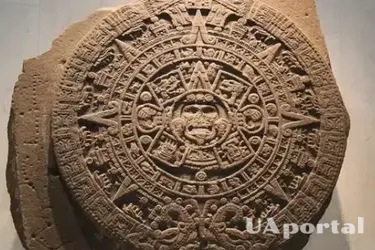To appease the gods and more: how the ancient Maya and Aztecs celebrated the new year

Although the Maya and Aztecs created calendars similar to the modern Gregorian calendar, their New Year's traditions were radically different from those of today. The transition between the years was based on rituals aimed at appeasing the gods and maintaining harmony.
Despite the similarity of their calendars to modern systems, the celebration of the New Year in these civilizations reflected their cultural values and close connection with nature and space. Both the Aztecs and the Maya used two calendars: 365-day solar and 260-day ritual calendars that shaped their perception of time and determined their festive rituals. Greek Reporter writes about this.
The Aztec New Year, Yancuic Xihuitl, was celebrated on March 11 according to the modern calendar. Before that, there was a five-day period of Nemontemi, which was considered a time of danger and misfortune. During this period, the Aztecs fasted, performed purification rites and avoided active activities.
The celebration began with the blowing of seashells, which symbolized the beginning of a new cycle. The central role in the celebration was played by priests who performed renewal ceremonies in honor of the gods Tlaloc (rain) and Vicilopochtli (sun and war). These ceremonies were intended to ensure fertility, prosperity, and stability in the world.
The Aztecs' belief in the cyclical nature of time determined their approach to celebrations: the emphasis was on ritual practices rather than mass festivities.
The Maya also celebrated the New Year during a five-day period known as Vaeb, which fell at the end of the 365-day calendar. This time was considered inauspicious, so they avoided traveling and important business, instead devoting it to prayer, sacrifice, and reflection.
On the eve of the New Year, or "Pop's Seat," priests would conduct divinations, predicting the future for communities and individuals. Rituals included incense offerings and ceremonial dancing around the fire to gain the favor of the gods.
The New Year, or 1 Pop, symbolized the beginning of a new cycle. On this day, people cleaned their homes, got rid of old things, and renewed their personal altars. In temples, priests replaced statues of patron gods, symbolizing renewal and harmony with the cosmos.
Despite their differences, both civilizations highly valued their calendars, which influenced spiritual and everyday life. Their traditions, deeply intertwined with their beliefs, testify to the richness of Mesoamerica's cultural heritage.
If you want to get the latest news about the war and events in Ukraine, subscribe to our Telegram channel!
